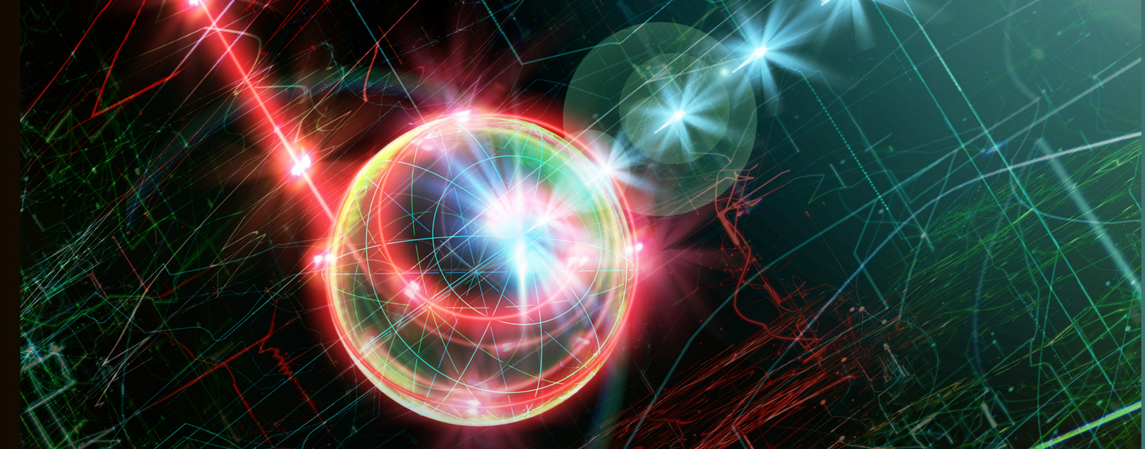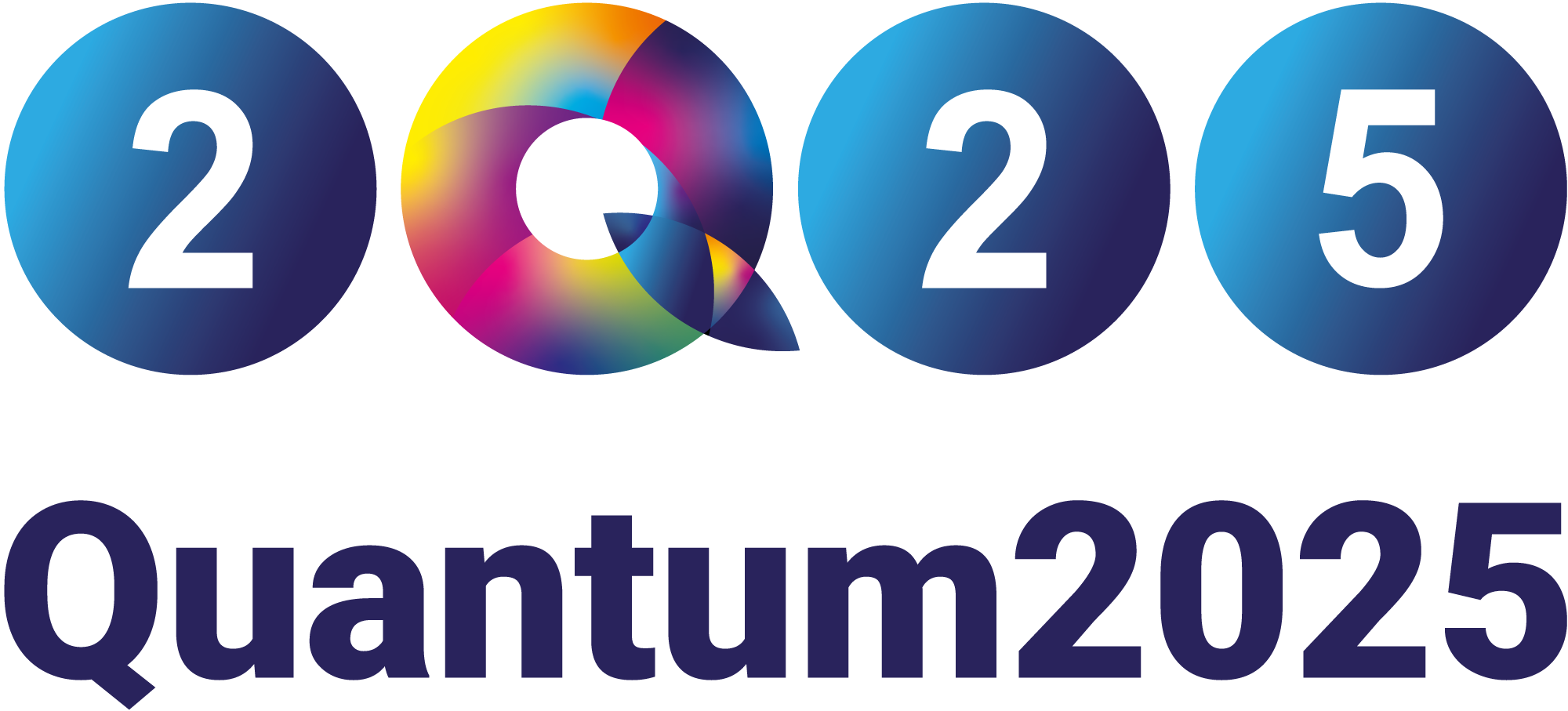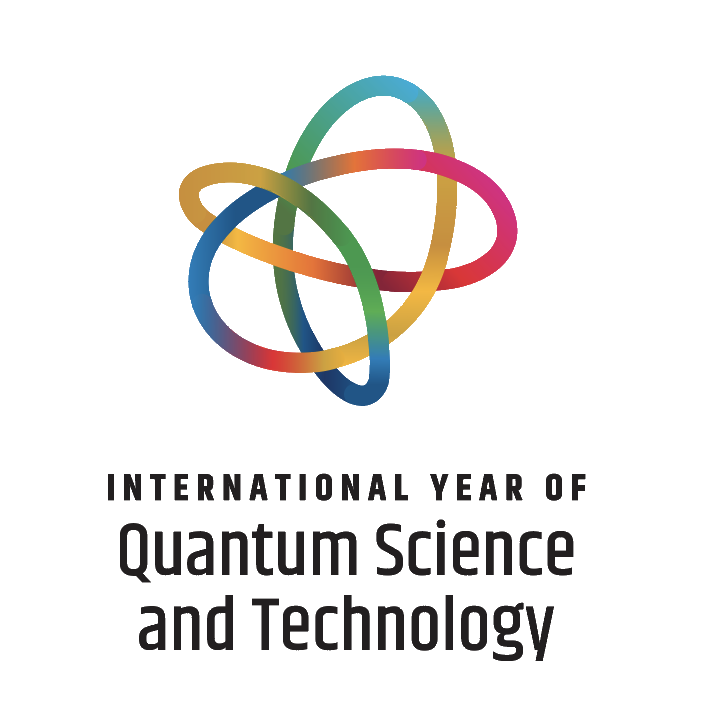
Quantum2025
100 years is just the beginning...
The formulation of quantum mechanics in 1925 laid a lasting foundation for our physical understanding of nature. 100 years later, in 2025, quantum mechanics has an impact on all areas of our culture, science, technology and art.
Why does the sun shine? What holds atoms together? Why do some molecules contribute to global warming and others don't? Why are things magnetic? All these everyday experiences can only be explained by the phenomena of quantum physics. It is the smallest building blocks of matter and their interactions that cause great differences. This understanding has led to revolutionary technical developments: LEDs as energy-saving light sources, transistors as the centrepiece of our smart technologies and magnetic resonance imaging as an important tool for medical imaging. And we are only at the beginning – current developments in quantum technologies are likely to fundamentally change our world once again.
The German Physical Society is taking this as a chance to highlight the role of quantum physics from all sides with a comprehensive anniversary programme together with its international sister societies and other partners. The planned UNESCO "International Year of Quantum Science and Technology" will provide the framework for this.

Overall Programme
Quanta in Science and Quantum Technologies
Playful Quantum Science and Quantum Science in Schools
Quanta in Music, Philosophy, Art and Literature
Quanta in the Professional world, Career and Society
The Path to the Modern Quantum World and beyond
What happened in 1925?
If the surprising proposals of Max Planck (quantum of action), Albert Einstein (light quanta) and Niels Bohr (atomic model with quantum leaps) had made the necessity of a reformulation of classical mechanics more and more urgent, Werner Heisenberg in 1925 - in a lively exchange with Wolfgang Pauli - found the breakthrough approach from which a quantum mechanics could be developed. Together with Max Born and Pascual Jordan, they succeeded in developing a consistent and applicable theory in Göttingen in a very short time. They were immediately joined by the equivalent versions by Paul Dirac (Cambridge) and Erwin Schrödinger (Zurich). Quantum mechanics is now the experimentally most precisely tested theory not only in physics but in science altogether.
International Year of Quantum Science and Technology
 Together with partners in Germany and abroad, the DPG is pursuing the initiative of having the UN proclaim an international year of quantum physics, analogous to such successful science years as the "Year of Light". This initiative is supported by renowned international organizations such as IUPAP (International Union of Pure and Applied Physics) or the Metre Convention. At the same time, the Year of Science in Germany could be dedicated to this technology of the future.
Together with partners in Germany and abroad, the DPG is pursuing the initiative of having the UN proclaim an international year of quantum physics, analogous to such successful science years as the "Year of Light". This initiative is supported by renowned international organizations such as IUPAP (International Union of Pure and Applied Physics) or the Metre Convention. At the same time, the Year of Science in Germany could be dedicated to this technology of the future.
International Year of Quantum Science and Technology (IYQST)



